1. Bozeman, Montana

Bozeman has consistently drawn outdoor enthusiasts and tech professionals with its stunning landscapes and growing innovation scene. However, the city’s real estate market has recently cooled due to an oversupply of high-end developments. This shift has softened property prices, creating a unique opportunity for buyers to find attractive deals in what was once a highly competitive market. The New York Times highlights that the combination of rising interest rates and an influx of new properties has reshaped Bozeman’s housing landscape, giving buyers more negotiating power.
This market correction is particularly notable in a city that has seen rapid growth over the past decade. While Bozeman remains a hub for those seeking outdoor recreation and a vibrant community, its real estate trends underscore broader economic shifts affecting similar markets nationwide. Buyers seeking value in scenic destinations may find Bozeman’s softened prices appealing, especially as the area continues to balance its growth with affordability challenges. For more on this shift, see The New York Times report.
2. Sedona, Arizona

Sedona, long cherished as a luxury retreat for artists and retirees, is experiencing a dip in property values due to declining demand for second homes. Tighter short-term rental regulations and a drop in tourism have compounded the issue, leading to reduced interest in the area’s real estate. Forbes attributes these changes to evolving travel patterns and increasing restrictions on vacation rentals, which have impacted Sedona’s previously thriving housing market.
Despite these challenges, Sedona’s iconic red rock vistas and vibrant arts community continue to draw a loyal following. However, prospective buyers and investors are approaching with more caution, resulting in a more balanced market. This trend may create opportunities for those seeking a tranquil lifestyle at a more accessible price point. Learn more about the factors influencing Sedona’s housing market from Forbes.
3. Austin, Texas

Austin’s real estate market, once a shining example of pandemic-era growth, is now cooling as oversaturation takes its toll. Skyrocketing property prices have given way to a decline, spurred by tech layoffs and speculative investments that have flooded the market. Business Insider notes that this correction is a stark contrast to the rapid appreciation seen in recent years, making Austin an interesting case study in market volatility.
While the city remains a tech and cultural powerhouse, the current housing trends reflect broader economic uncertainties. Buyers are gaining leverage as sellers face increasing competition and longer listing times. For those interested in Austin’s dynamic market, this period of adjustment may offer a window of opportunity. For more details, check out Business Insider’s analysis.
4. Naples, Florida
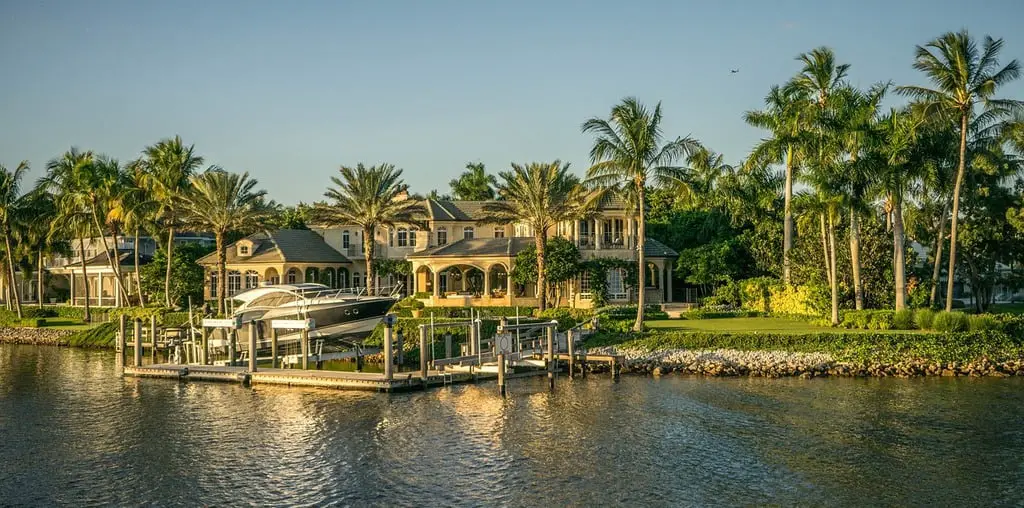
Naples, renowned for its luxury homes and Gulf Coast charm, is witnessing a slowdown in its real estate market. Rising insurance costs and shifting demographics are steering retirees and buyers toward more affordable towns along the Gulf Coast. CNN reports that this trend is reshaping Naples’ once-booming housing market, making high-end properties less in demand.
As Naples adjusts to these changes, potential buyers may find opportunities in a market that was previously out of reach. While the city’s allure remains strong, the cooling market signals a broader shift in preferences among retirees and affluent buyers. To explore the underlying causes, refer to CNN’s coverage.
5. Park City, Utah
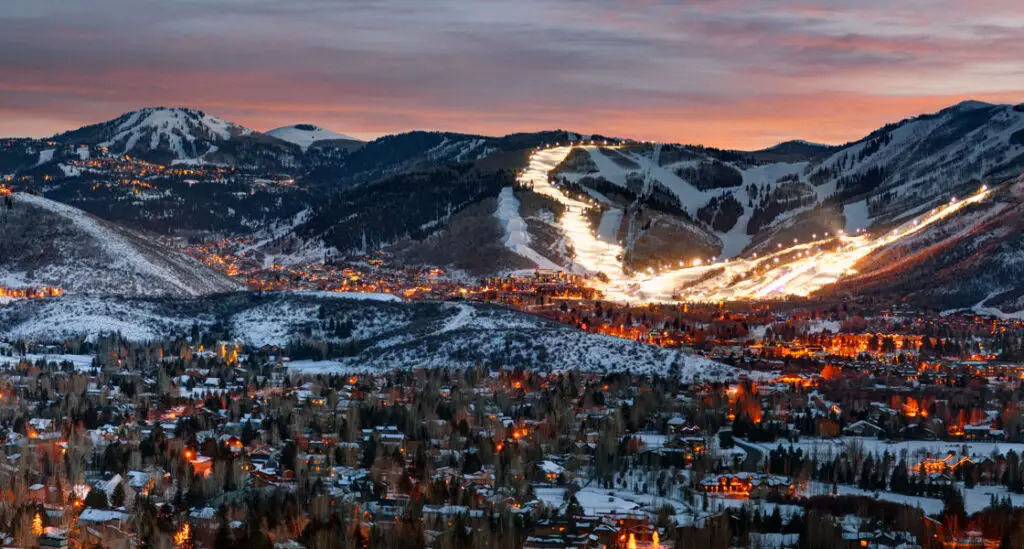
Park City, a haven for ski enthusiasts and luxury vacationers, is grappling with declining property values. Shifting remote work trends and inconsistent tourism have contributed to this downturn, as has the impact of rising mortgage rates. Realtor.com highlights these factors as significant contributors to the cooling market, which is affecting the demand for vacation properties.
Despite these challenges, Park City’s picturesque setting and world-class ski resorts ensure it remains a desirable destination for many. The current market conditions may provide an entry point for buyers who were previously priced out. For further insights, visit Realtor.com’s report.
6. Boulder, Colorado

Boulder’s reputation for its tech scene and outdoor lifestyle has long made it a desirable location. However, the city’s real estate market is now experiencing a correction after significant overvaluation during the housing boom. The Denver Post reports that a cooling market is helping to create more balanced conditions for buyers, signaling a shift from the previously rapid price growth.
This adjustment may benefit those seeking to enter Boulder’s competitive market, which has historically favored sellers. With property prices stabilizing, the city’s unique blend of innovation and natural beauty remains accessible to a broader audience. Learn more about Boulder’s evolving market through The Denver Post.
7. Nashville, Tennessee

Nashville’s real estate market is adjusting to an oversupply of new developments, leading to a drop in property prices. While the city continues to thrive as a cultural and music hub, The Tennessean explains that the abundance of housing options has given buyers more negotiating power, cooling the once-hot market.
This trend represents a shift for Nashville, which has seen rapid population growth in recent years. Buyers can now explore more options without facing the intense competition that previously defined the market. For a deeper dive into Nashville’s housing trends, check out The Tennessean.
8. Charleston, South Carolina
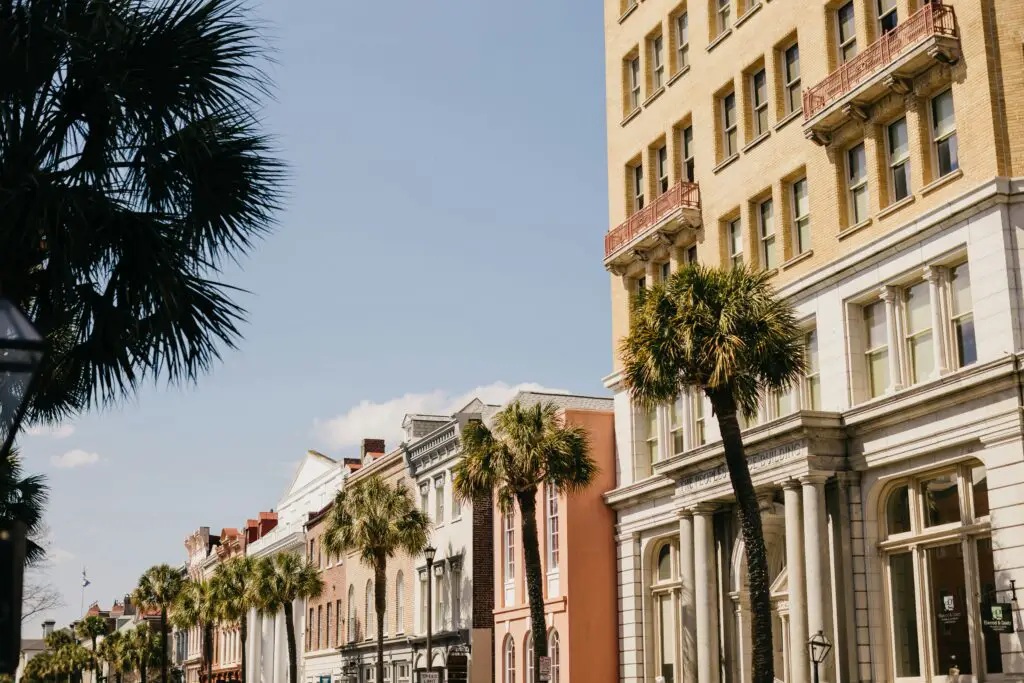
Charleston’s historic charm has always been a significant draw, but rising flood insurance premiums and climate concerns are impacting its real estate market. The Post and Courier notes that these factors are pushing property prices down, creating a cooling trend in an area known for its skyrocketing values.
Despite these challenges, Charleston’s rich history and Southern hospitality continue to attract buyers. The current market shift offers an opportunity for those who have long admired the city’s unique blend of culture and coastal living. For more information, visit The Post and Courier.
9. Reno, Nevada
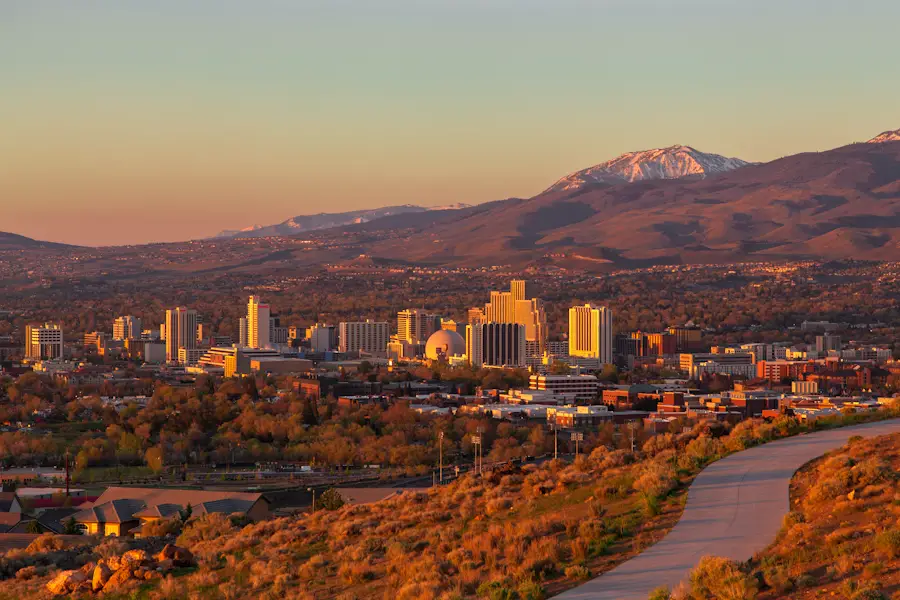
Reno, once celebrated as an affordable alternative to Silicon Valley, is now experiencing a market correction. As tech workers leave the area and job growth slows, housing demand has decreased. CNBC reports that Reno’s appeal has waned, leading to a decline in property values.
This change marks a significant departure from Reno’s recent rise as a tech hub. However, for prospective buyers, the softened market presents new opportunities to invest in a city with potential for long-term growth. For further insights, refer to CNBC’s coverage.
10. Asheville, North Carolina
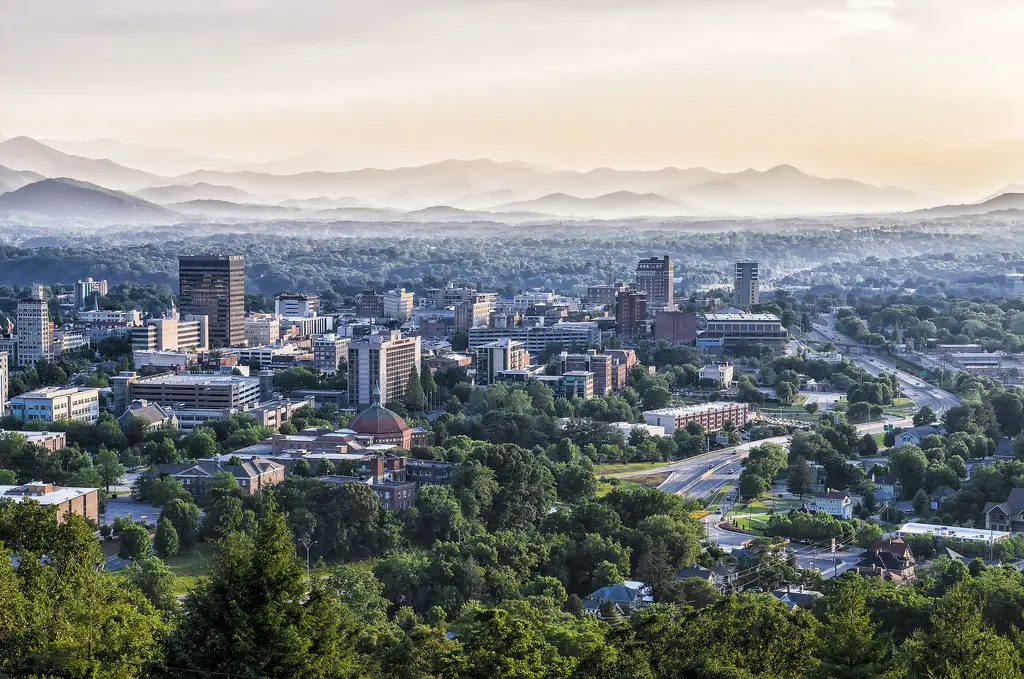
Asheville’s reputation as an artsy mountain town has faced challenges as affordability concerns and limited job opportunities affect its housing market. Bloomberg highlights that these factors are contributing to a decline in property values, signaling a shift for this once-booming market.
For buyers seeking a vibrant community with natural beauty, Asheville’s softened prices may be an appealing option. The current trends reflect broader economic challenges but also present potential for revitalization. Learn more from Bloomberg’s analysis.
11. Portland, Oregon
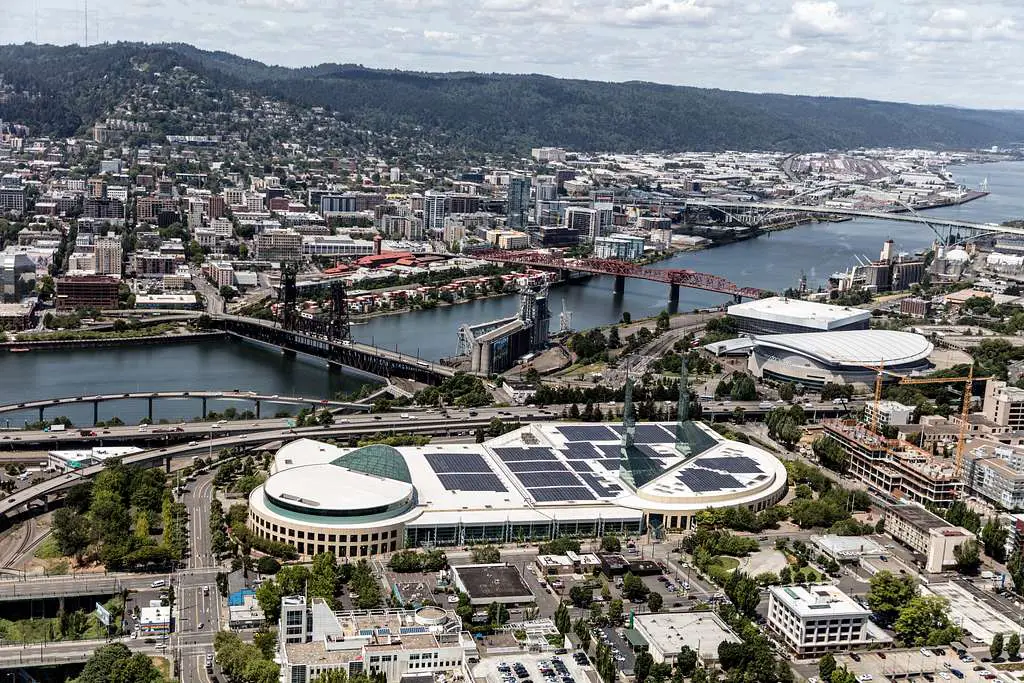
Portland’s real estate market is cooling as high property taxes and urban challenges such as increased crime rates deter buyers. The Oregonian notes that these issues are driving demand away, impacting property prices in one of the Pacific Northwest’s most iconic cities.
While Portland continues to offer a unique cultural and culinary scene, the current market trends highlight a need for addressing the city’s systemic issues. For buyers, the softened prices could present an opportunity to invest in a city poised for potential recovery. Explore the details in The Oregonian’s report.
12. Honolulu, Hawaii

Honolulu’s luxury market, long characterized by its exclusivity, is facing declining property values. Rising living costs and a slowdown in international buyers have contributed to this trend. USA Today reports that this market shift offers a rare chance for locals and domestic buyers to enter the high-end market.
Despite these challenges, Honolulu’s tropical allure remains unmatched. The city’s real estate trends highlight the broader economic shifts affecting global luxury markets. For more information, visit USA Today.
13. Santa Fe, New Mexico

Santa Fe’s real estate market is cooling as interest in high-priced second homes dwindles. Reduced demand for luxury properties has created a market correction, making the city an unexpected bargain destination. The Santa Fe New Mexican explains that changing buyer priorities are reshaping the local housing landscape.
For those drawn to Santa Fe’s rich cultural heritage and scenic beauty, this trend presents an opportunity to invest in a more accessible market. The softened prices reflect broader adjustments in luxury real estate markets across the country. Learn more from The Santa Fe New Mexican.
